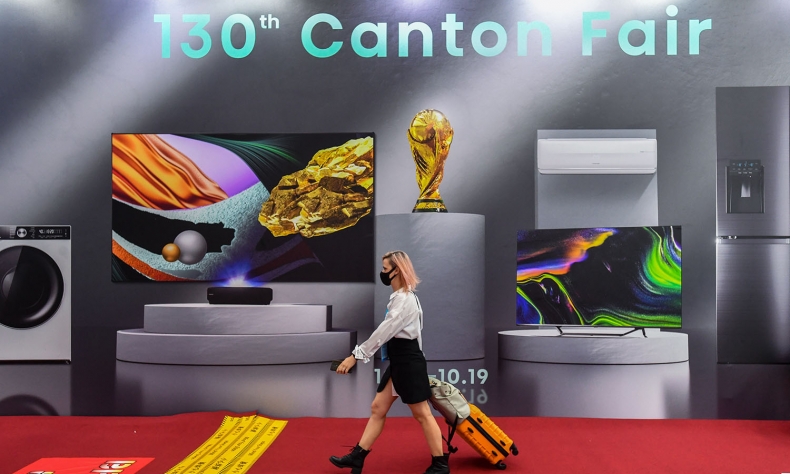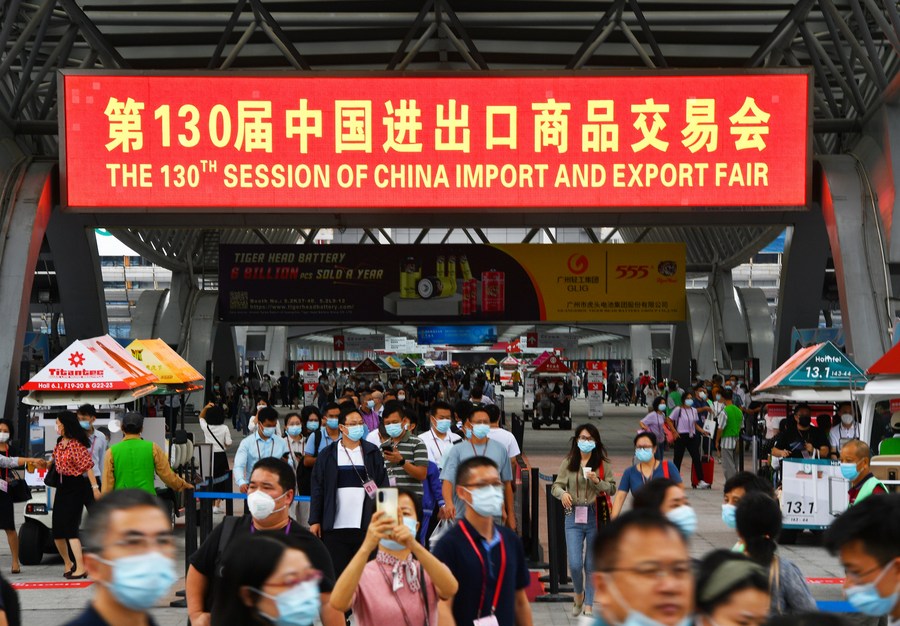Imitation to Innovation

China boasts the potential to meet the imperative at hand and emerge as a driving force in worldwide innovation.
In 2000, I, a Mexican native who today calls Shandong Province’s coastal city of Qingdao “home,” had the opportunity to visit China for the first time, attending the Canton Fair—aka the China Import and Export Fair, a big biannual trade show in Guangzhou, Guangdong Province.
At this point, I’ve been doing import and export between Mexico and China for more than two decades, witnessing firsthand how the country has evolved from the “made in China” tag to the “designed in China” label.
In the past, when talking about China, people would immediately have images of cheap manufacturers and goods flash before the eyes. Quite the accurate portrayal of the nation at that time, but one far from today’s reality.
Back in the day, most foreign businesses were on the prowl for a cheap China bargain, allowing them to turn a quick profit. The country was well known for helping enterprises reduce their costs and find different products across different price and quality ranges.
Meanwhile, referring to graphics, packaging, product design and so on, most Chinese factories or companies possessed little to zero knowledge or sense of creative strategy. They just produced low-cost replicas of brand products from other countries and didn’t even have the marketing plans to promote their merchandise.
I also still clearly remember the Canton Fair building itself 22 years ago: outdated, few floors, small booths. In other words, just a place to spot some low-cost factories or products. Today, everyone obviously knows about China’s achievements in infrastructure.
Able to witness in my line of business just how China started receiving input from all over the world, every single fair would see the fast and incredible evolution of companies exporting their goods to all four corners of the globe. Slowly, but surely, creation and innovation outpaced the old copy-pasting model and created a whole newfangled supply of products helping people around the world enjoy better quality of life.
Entering the 2020s, successful and innovative Chinese companies have become ubiquitous outside the country’s borders. I think this evolution is the culmination of two/three generations of growth combined with know-how and input from abroad.

To better understand the country’s creativity and innovation, just check out Douyin, China’s version of TikTok, one of the most popular and successful apps out there today. China invented the app and it had over 600 million active daily users in the country as of August 2020.
To my understanding, national transformation occurs when a country is able to successfully innovate.
As opposed to that first visit 22 years ago, I now have the chance to collaborate with great companies from both China and abroad. And instead of asking me to find or source cheap products, my customers are after brands designed in China to carry in their Mexican department stores or supermarkets.
Our business strategy shifted a few years ago when besides sourcing brands and doing product design for Western customers, we turned to the Chinese market, trying to understand it.
For example, I partnered up with a brand where the creative designer is a Chinese woman with a broad creative perspective. Combining forces, we are exploring new sales channels through different platforms.
In conclusion, China over the course of 22 years has traveled the spectrum from imitation to innovation, becoming the most innovative place on Earth at this very moment in time—where the sky is the limit.
Chinese companies are showcasing great market strengths that stem from, and still require more, customer- and efficiency-driven modernization. They have the most catching up to do in industries that rely on science- and engineering-based revolution. China boasts the potential to meet the imperative at hand and emerge as a driving force in worldwide innovation.
A new global perspective is a-coming, from “made in China” to “designed in China.”
The author is CEO of Max Resources, a Qingdao-based company running imports and exports between China and Mexico.
 Facebook
Facebook
 Twitter
Twitter
 Linkedin
Linkedin
 Google +
Google +










